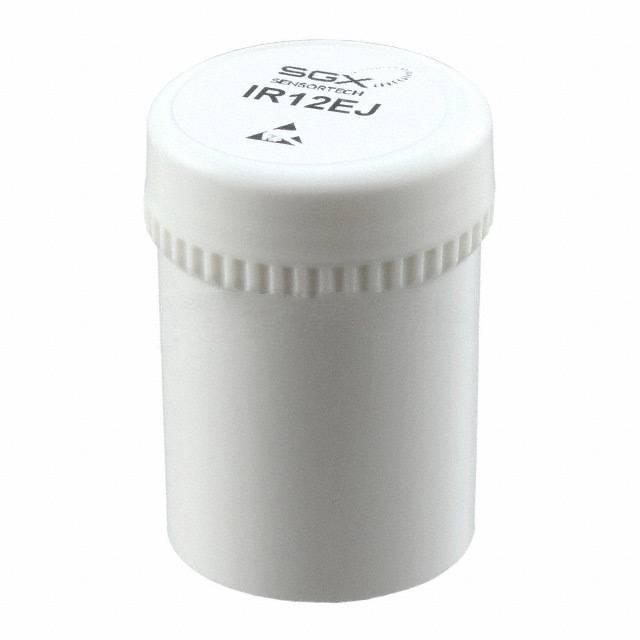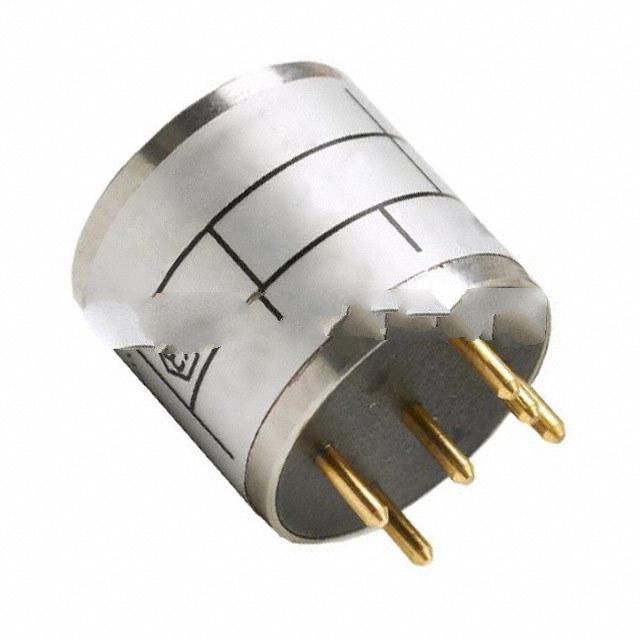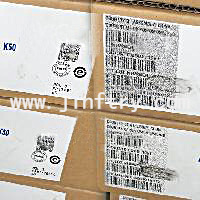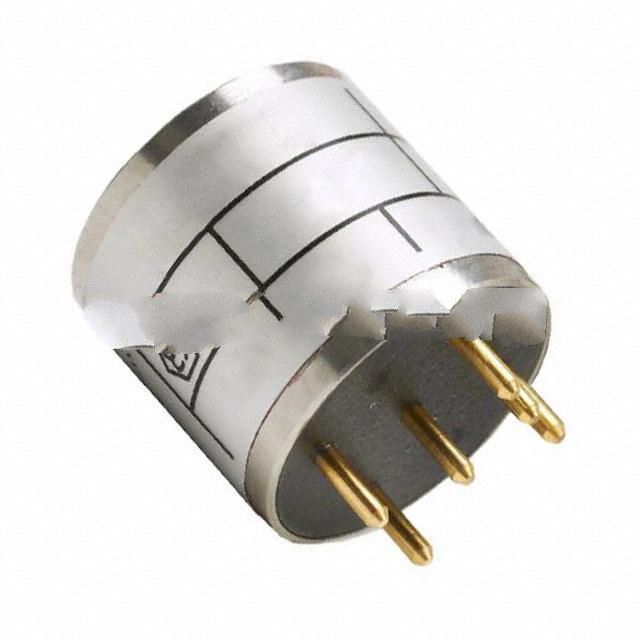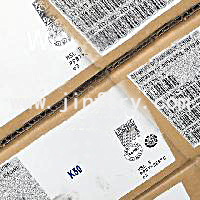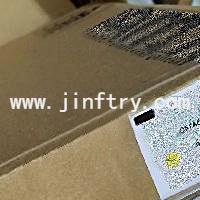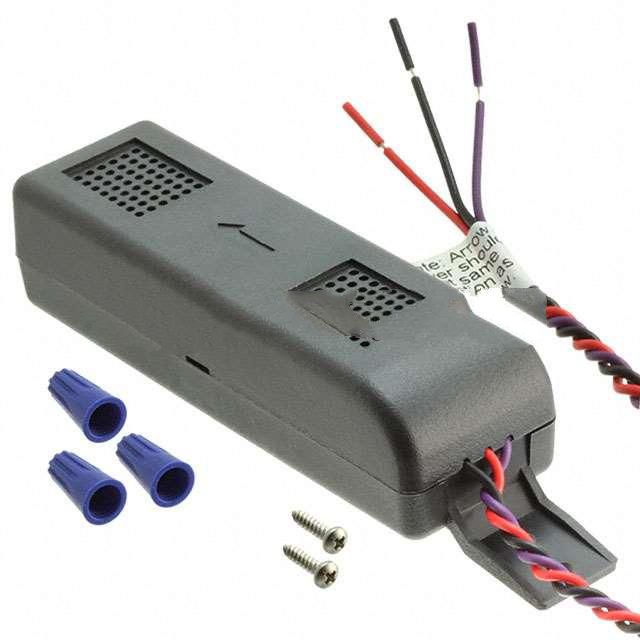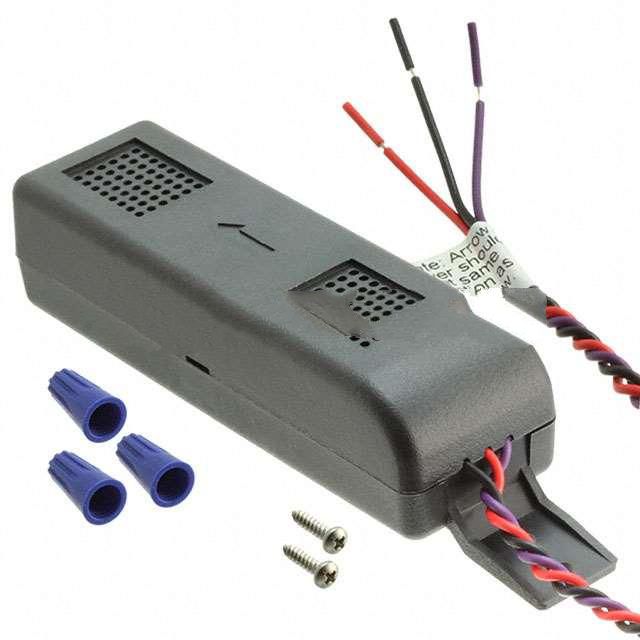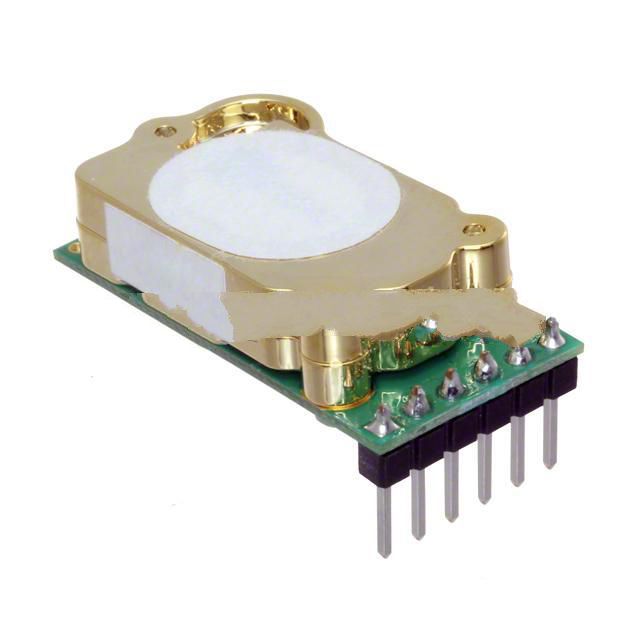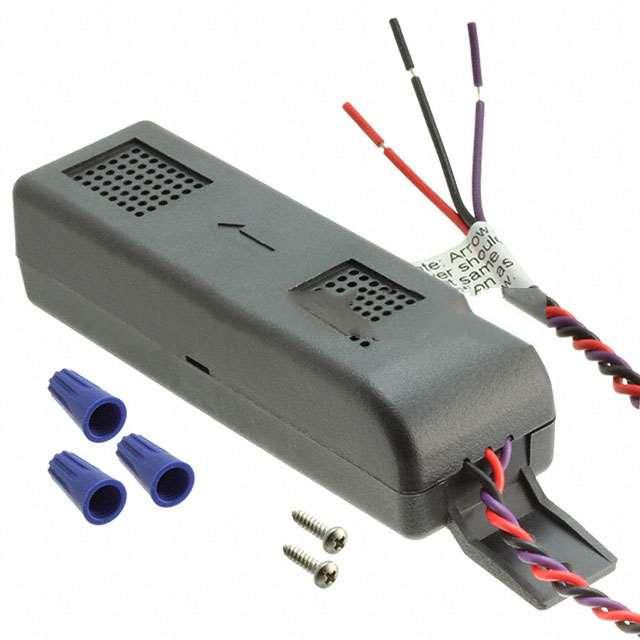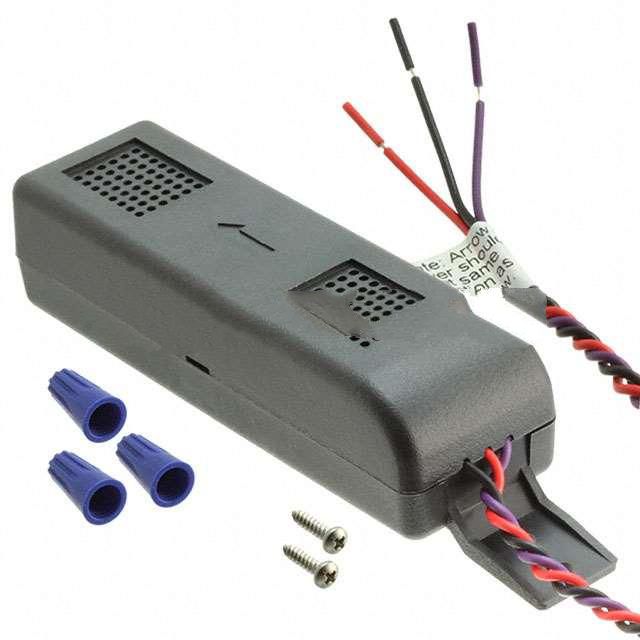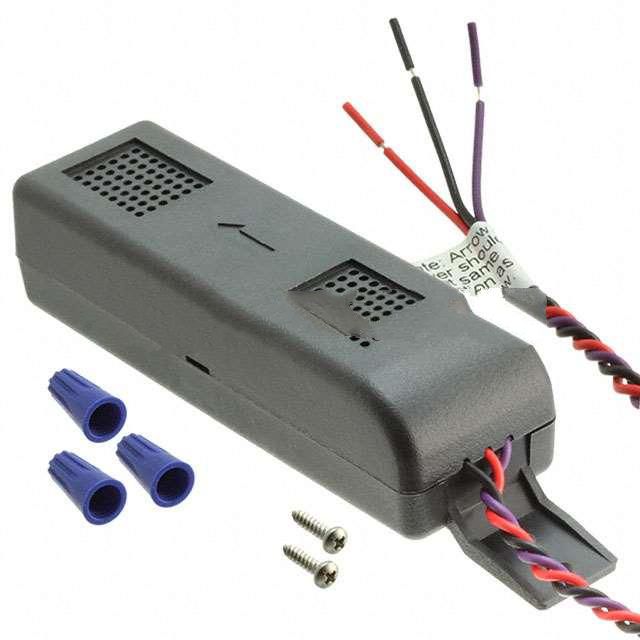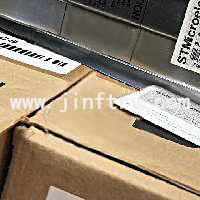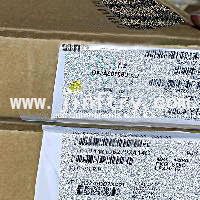Gas Sensors

Gas Sensors are devices specifically designed to detect specific gas types and their concentrations in the air. It converts the presence, concentration, or variety of a specific gas molecule into a measurable, processable electrical, optical, or acoustic signal. This conversion is based on the physical or chemical reaction that occurs between the gas and the sensitive material inside the sensor, allowing the sensor to detect the gas condition in the environment. There are various working principles of gas sensors, such as electrochemical sensors, semiconductor sensors, infrared absorption sensors and catalytic combustion sensors. These sensors can detect a variety of gases, including oxygen, carbon monoxide, carbon dioxide, methane, nitrogen oxides, hydrogen sulfide, and some can even distinguish between different gases in the same family.
Jinftry is a leading global distributor of electronic components, selling many types of sensors, including temperature sensors, pressure sensors, humidity sensors, optical sensors, proximity sensors, magnetic sensors, position sensors, and more. Jinftry is your best supplier choice, with its low price advantage, rich supply chain resources, can provide you with original new materials, excess materials, outdated materials, EOL materials and hard to find materials. And ensure stable supply, quick response, good service. Jinftry looks forward to working with you.
Product Quantity: 208
Gas Sensors: Gas sensor (Gas Sensors) is the main function of air quality monitoring and control, to ensure the safety of personnel, environmental protection and industrial production process smoothly. They can quickly and accurately detect harmful gases (such as carbon monoxide, hydrogen sulfide), combustible gases (such as methane, hydrogen) or specific components (such as oxygen, carbon dioxide) in the air, providing critical information for timely action. Gas sensors have a wide range of important applications, such as environmental monitoring, for real-time monitoring of hazardous gas concentrations to ensure environmental compliance and worker health. In safety protection, it is used to detect smoke and toxic gas leaks, issue alarms in time, and prevent fire and poisoning events. In industrial production, it is used to control the gas composition in the process to ensure production efficiency and product quality. In automobile exhaust testing, it is used to monitor the emission of harmful gases in exhaust gas, which is in line with environmental protection regulations. In the diagnosis of respiratory diseases, it is used to analyze the patient's exhaled air and assist the doctor to diagnose respiratory diseases.

